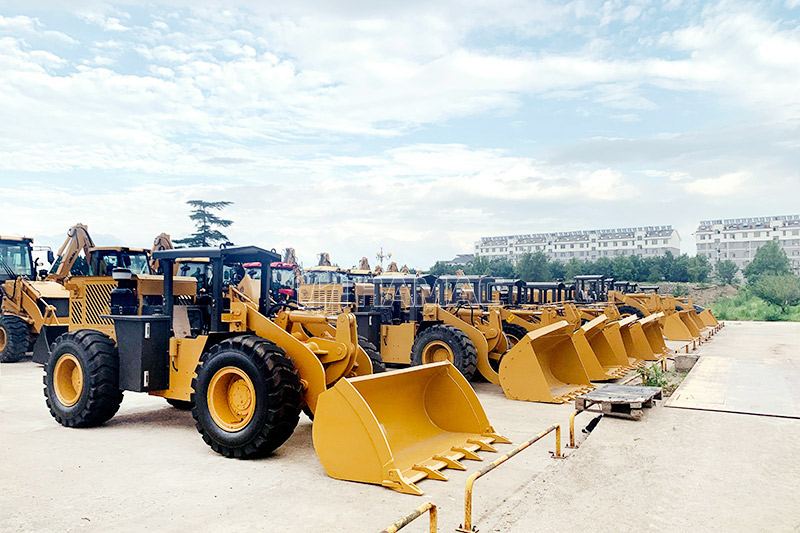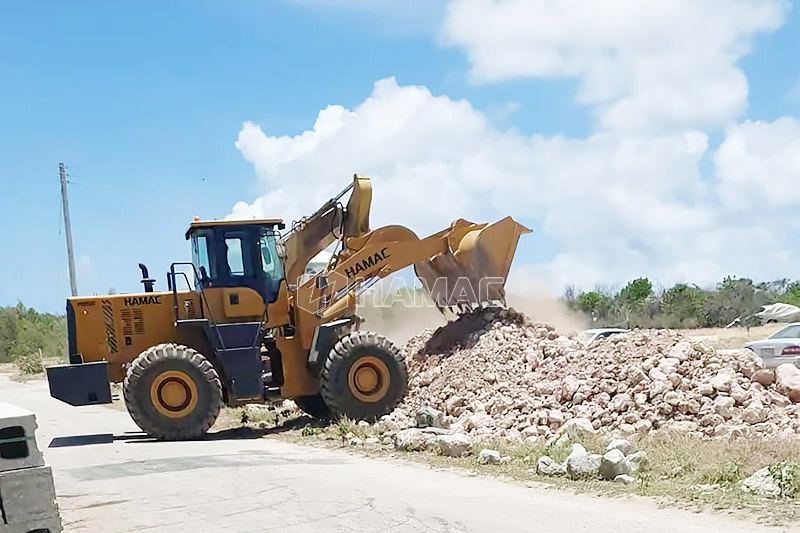Common problems and solutions of loaders
Last Updated: 2025-08-12
In the construction and mining industries, loaders are critical equipment for ensuring smooth operations. However, many enterprises face challenges that reduce loader efficiency, shorten lifespan, and even increase safety risks. This article explores the key undesirable situations in current loader usage and their impacts.
1. Inadequate Knowledge of Loader Management & Maintenance Personnel
A primary issue lies in the lack of professional knowledge among loader management and maintenance teams. Many personnel responsible for wheel loader oversight lack a deep understanding of mechanical equipment management, including core maintenance principles and operational standards.
This knowledge gap becomes problematic when handling modern loaders, which often have higher requirements for parts quality, fuel, lubricants, and hydraulic fluids. Without proper expertise, teams may fail to recognize the importance of using high-quality resources, leading to avoidable equipment damage.

2. Use of Low-Quality Parts and Fluids Compromises Performance
Poor procurement practices exacerbate wheel loader issues. Some purchasers, due to limited professional knowledge or weak responsibility awareness, opt for inferior parts, low-grade fuel, lubricants, or hydraulic fluids to cut costs.
These substandard materials cause significant harm: they accelerate wear and tear on critical components, trigger early mechanical failures, and drastically reduce loader operational efficiency. Over time, this not only increases repair costs but also disrupts project timelines.
3. Harsh and Chaotic Construction Site Environments Hinder Timely Maintenance
Construction and mining sites are often characterized by complex, harsh conditions: chaotic pipelines/trenches, dense concentrations of equipment, vehicles, and personnel, and poor traffic flow. Additionally, most sites are remote, making it difficult to implement timely, systematic maintenance.
In such environments, scheduled maintenance checks are frequently delayed or skipped. Minor issues that could be resolved early escalate into major breakdowns, as on-site chaos and logistical challenges prevent quick access to maintenance support.

4. Lack of Trained, Full-Time Maintenance Staff
Valuable loader structural components and critical systems often lack dedicated, trained maintenance personnel. Instead, maintenance tasks are assigned to individuals with minimal mechanical knowledge — those who have not received formal training on loader working principles, maintenance procedures, or key checkpoints.
These untrained staff struggle to perform proper maintenance: they may miss critical issues, use incorrect techniques, and fail to maintain detailed maintenance records. Without accurate records, tracking equipment health over time becomes impossible, making proactive repairs nearly impossible.
Addressing These Challenges: A Path to Better Loader Management
To mitigate these issues, enterprises must prioritize:
- Investing in training for management and maintenance teams to enhance mechanical knowledge and maintenance skills.
- Establishing strict procurement standards to ensure only high-quality parts, fuels, and fluids are used.
- Optimizing on-site logistics and scheduling to enable timely maintenance, even in remote or chaotic environments.
- Hiring or training full-time maintenance staff and implementing rigorous maintenance record-keeping systems.
By addressing these key challenges, enterprises can significantly improve wheel loader efficiency, extend equipment lifespan, and reduce safety risks — ultimately boosting productivity and reducing long-term costs.
TAG: loader maintenanceloader operational issuesWheel Loader
